Everything you need to know about growing and caring for slime onions
By planting a slug onion in the garden, which can be grown year-round, gardeners get a rich harvest of fragrant greens. This perennial vegetable crop is frost-resistant; with proper care, it grows in one place for about five years. Emerald slime feathers appear in the garden much earlier than other types of bows. If, with the onset of autumn cold weather, the vegetable crop is placed in containers and brought into the room, then the family will be provided with vitamin greens throughout the winter.
Perennial onion characteristics
The plant got its amazing name due to its ability to release drops of transparent liquid, which resemble tears, when feathers break. In the wild, it is often found in meadows, steppes and foothills. Slug onions have long settled on personal plots and window sills. Its relevance is explained by medicinal, decorative, melliferous properties and easy care.
Slime onions are prized by gardeners for their unique composition, which includes:
- phytoncides;
- trace elements: molybdenum, copper, manganese, zinc, iron;
- B vitamins and ascorbic acid.
Unlike other types of onions, slime contains few essential oils, which give vegetables a bitter and pungent taste. Garlic-scented cut leaves stay juicy and fresh throughout the week. The green arrows of the slime onions retain their taste even after a strong autumn cold snap.
A perennial vegetable crop does not have a dormant period - fragrant leaves grow all year round. The root system of the slime onion is powerful, branched. The leaf blades are bent in spirals, which gives the plant additional stability and facilitates maintenance. Perennial onions are popular not only among gardeners. Florists grow slimes to decorate their backyards. In the second year of life, a powerful long arrow is knocked out of the bulb. And after a few days, delicate lilac flowers bloom on it.
Vegetable propagation
Slime onions reproduce vegetatively and with the help of seeds. The first method does not take much time, but using the second one allows you to get a richer harvest and replenish the collection with new varieties.
- Vegetative propagation
After digging, the bushes are divided with a sharp tool so that each part contains from three to four onions. The roots must be shortened, and the sections are treated with a pink solution of potassium permanganate. Parts of the bush are planted in a prepared area, trying to keep the distance between them at least 20-25 cm. The bulbs grow rapidly and constantly throw out arrows, and for this they need a lot of free space. The distance between the rows varies depending on the type of slime bow, 35–40 cm is considered optimal.
- Seed propagation
In the middle of summer, the slime onion blooms. The seeds of the plant ripen unevenly, so they should be removed from the bush in several steps. If the ornamental properties of the vegetable crop are not important to gardeners, then they simply cut off the arrow and put it in a dry, dark place for ripening. The seeds collected in this way take root well, do not require special care, and green arrows turn out to be stronger, juicy and crisp.
Advice
If the gardener lives in the southern regions, then the seeds should be planted immediately in open ground at the end of April. By next spring, so many new slime bulbs are formed that the beds will have to be thinned.
Growing can begin in the middle of spring.The seeds are soaked in a solution of potassium permanganate for 30 minutes, dried and placed in seedling boxes, deepening by 1-1.5 cm. Having carefully moistened the soil with a spray bottle, the containers are covered with glass or film. Now you need to ventilate the boxes from time to time, collect the formed condensate and water the growing bulbs.
Landing
Slime onions are undemanding to permanent residence and care. But he feels best of all in areas exposed to sunlight. To get a good harvest, the planting site needs to be changed every 5 years. An excellent option would be areas where legumes grew. They enrich the soil with nitrogen, make it more porous and loose. For a slime onion, it is very important that water does not stagnate near the roots after rains, otherwise the bulbs will certainly begin to rot.
In order for the plant to be strong, and the harvest to please the gardener, such a plan should be adhered to.
- In the first year of growing, it is best not to prune green feathers. This will help the bulbs grow stronger and develop a strong root system.
- The next year, only a few leaves can be cut, and the rest are needed by the bulbs for further growth and development.
- In the third year, all feathers must be cut off. The bulb has accumulated a significant supply of nutrients and must now use them to form green mass.
Advice
Slime should not be sown next to other types of onions, especially onions. This will cause unwanted pollination. The collected leaves will taste bitter and lose their garlic aroma.
In an adult and strong slime onion, the green arrows must be constantly removed, otherwise they will become tough and tasteless. Young leaves are more juicy, crispy and aromatic. If the gardener does not plan to grow a vegetable crop in the winter on the windowsill, then in September preparations for the arrival of cold weather should begin. Proper care consists in reducing watering. They also stop cutting feathers so that the bulb uses up substances that will not be useful to it in the long winter.
Top dressing and watering
An important part of caring for your slime is regular and balanced feeding. In the fall, a bucket of rotted organic fertilizer is introduced for each square meter of the garden. The soil is dug up and left to "rest" until spring. Before planting, the soil is watered with water diluted in it with mineral or complex fertilizers at the rate of 20-25 g per bucket. During the summer period, the plant is fed with a weak solution (5 g per bucket of water) of urea.
To constantly cut off delicate leaves, the plants are watered moderately. But moisture should not stagnate near the bulbs. If the soil under the plant has dried out 2 cm deep, then it's time for a new watering. An excellent prevention of bulb rotting will be periodic loosening of the soil and pulling out weeds.
A plant with a garlic aroma is unassuming to care for. Harmful insects do not even settle on it - they are frightened off by a specific smell. But a little attention of the gardener is also needed for the slug onion. Rational watering and nitrogen fertilization will help the bulbs to get stronger quickly, and the leaves to become tender and tasty.
Almost all gardeners grow slug on their windowsills. The lack of sunny days and dry air do not affect the quality of the greenery. It is enough to slightly moisten and loosen the soil between the bulbs - and the family will have a constant source of tasty and healthy greens throughout the winter.
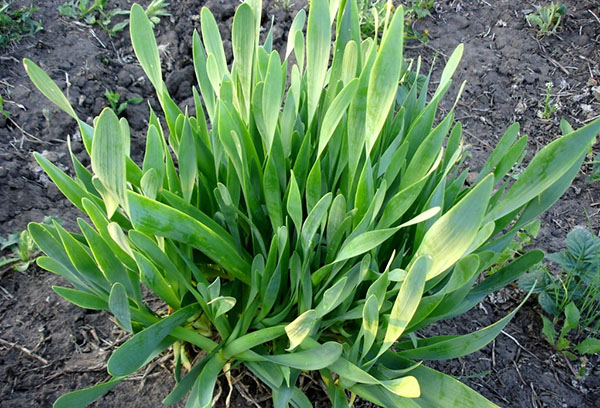
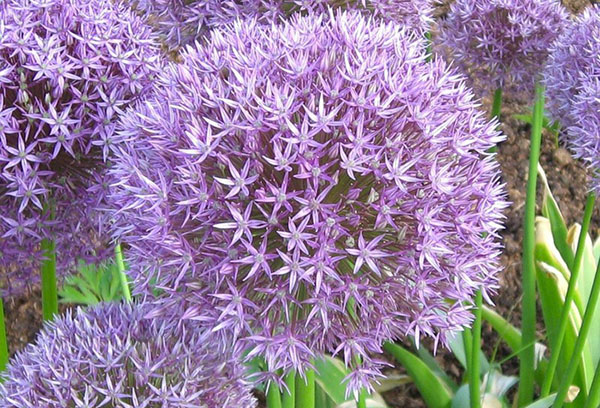
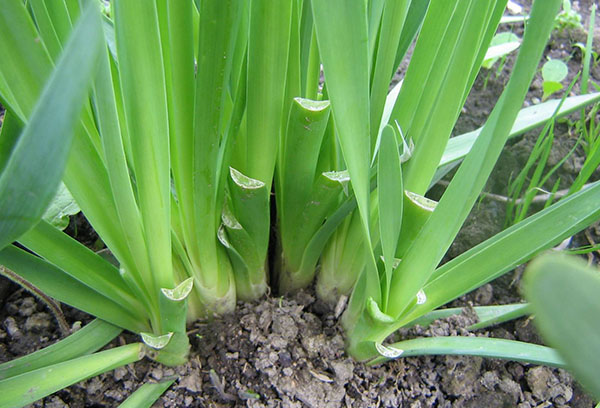

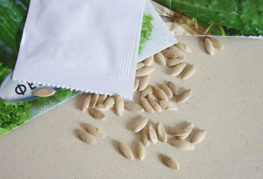
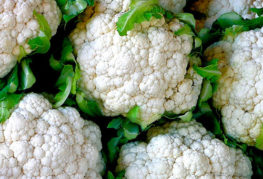


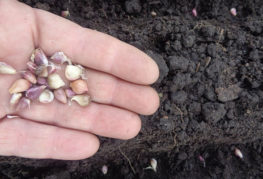

and will be published shortly.